Nature has perfected the art of camouflage through millions of years of evolution, and few examples are as striking as certain snake species that have developed the remarkable ability to mimic cracked tree bark. These reptiles demonstrate one of the most sophisticated forms of camouflage in the animal kingdom, blending so seamlessly with their woody surroundings that they become virtually invisible to both predators and prey. This extraordinary adaptation not only showcases the wonders of natural selection but also provides these serpents with a significant survival advantage in their forest habitats.
The Masters of Bark Mimicry: Gaboon Vipers

Among the most celebrated bark-mimicking snakes is the Gaboon viper (Bitis gabonica), native to the forests and woodlands of sub-Saharan Africa. This impressive serpent possesses one of the most detailed camouflage patterns in the snake world, with complex geometric markings that precisely resemble the patterns of light and shadow on tree bark. Their bodies display an intricate mosaic of browns, tans, and blacks arranged in rectangular patches that mirror the appearance of cracked or peeling bark. When resting on the forest floor amid fallen branches and leaf litter, the Gaboon viper’s disguise is so effective that even experienced herpetologists have trouble spotting them despite their substantial size and bulk.
The Rhino Viper’s Deceptive Disguise
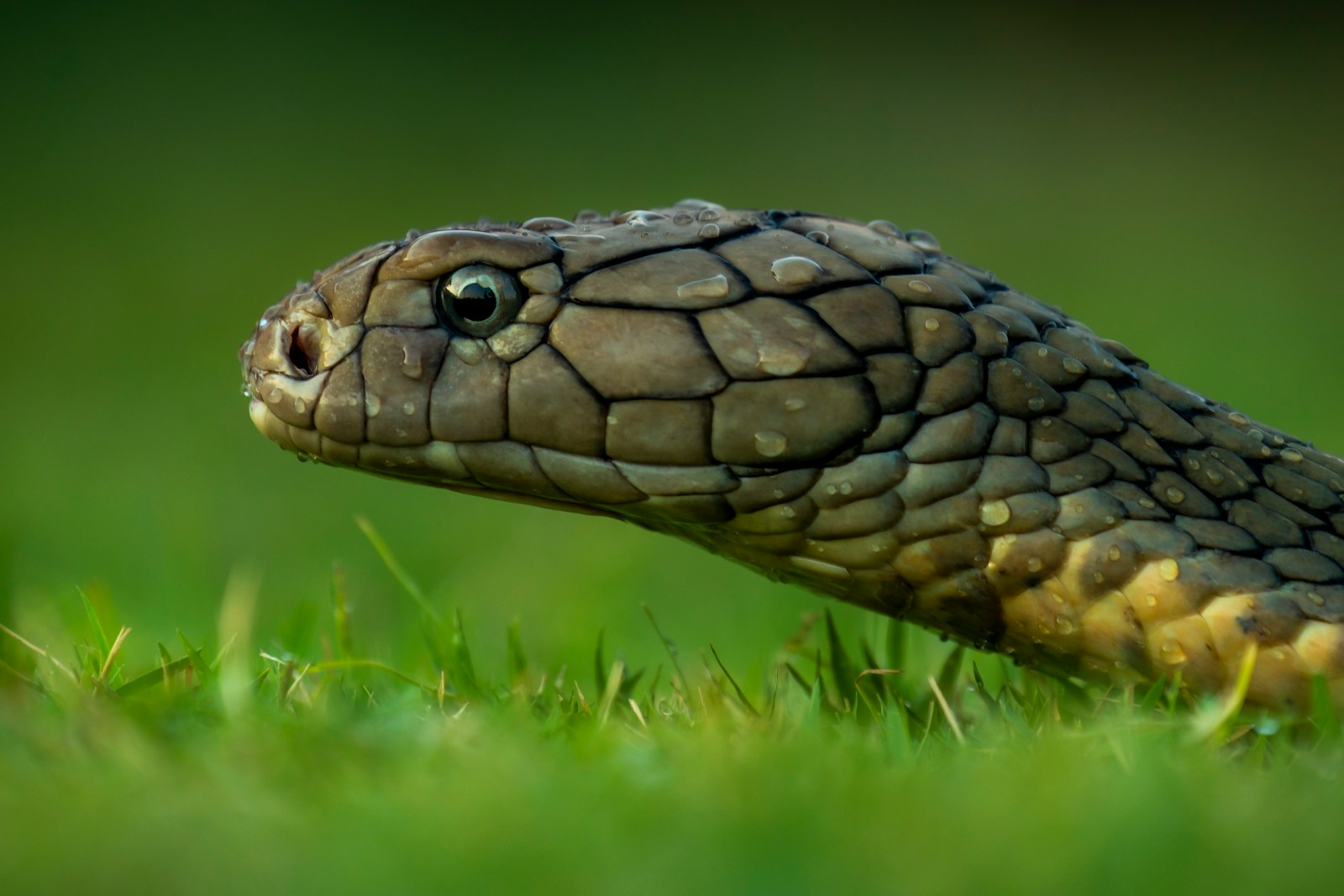
Closely related to the Gaboon viper, the rhinoceros viper (Bitis nasicornis) has also perfected the art of bark mimicry. This central African forest-dweller sports a striking pattern of geometric shapes in black, blue, and yellow that, despite its vibrant colors, effectively resembles the complex texture of tree bark in dappled forest light. The rhino viper’s most distinctive feature is the series of horn-like scales above its nostrils, which add to its irregular outline when viewed against a backdrop of rough bark. These serpents commonly rest coiled against fallen logs or tree trunks, where their disruptive coloration breaks up their body outline and helps them disappear into the woodland scenery despite their relatively heavy bodies and wide heads.
South America’s Bark Masters: Amazonian Tree Boas
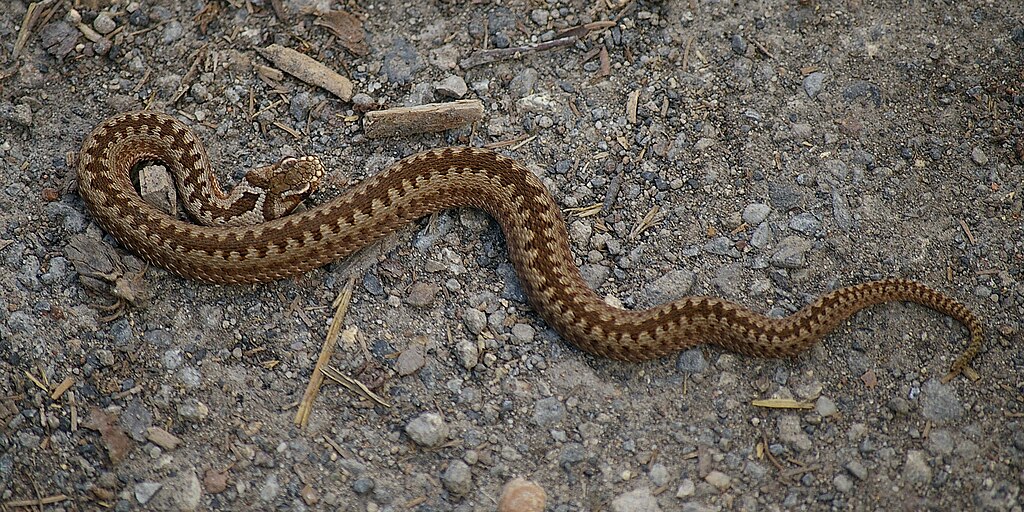
In the Amazon rainforest, the Amazon tree boa (Corallus hortulanus) demonstrates an incredible variety of color patterns, with many individuals showing perfect bark mimicry. These slender arboreal snakes display a remarkable range of browns, grays, and tans arranged in irregular blotches that replicate the mottled appearance of tree bark with extraordinary precision. What makes these boas particularly interesting is their ability to change their coloration slightly over time in response to their surroundings, enhancing their camouflage capabilities. When wrapped around a branch, the Amazon tree boa’s body contours merge with the tree’s shape, and its irregular patterns disrupt the snake’s outline, making it nearly impossible to distinguish from the bark itself when it remains motionless.
The Evolutionary Advantage of Bark Camouflage

The development of bark-like camouflage represents a perfect example of evolutionary adaptation through natural selection. Snakes that more effectively blended with their surroundings had higher survival rates and better hunting success, passing these advantageous traits to their offspring. Over countless generations, this process refined their camouflage to extraordinary levels of sophistication. For ambush predators like vipers, remaining undetected is crucial for hunting success, as they must wait motionless for extended periods until prey comes within striking distance. Similarly, this camouflage provides essential protection from their own predators, including birds of prey, larger mammals, and even other snakes that would readily target them if they were more visible.
The Copperhead’s Perfect Disguise

North America’s contribution to bark-mimicking snakes comes in the form of the copperhead (Agkistrodon contortrix), whose hourglass-shaped crossbands of copper and brown create a pattern remarkably similar to fallen leaves and tree bark. When resting among leaf litter and broken branches on the forest floor, copperheads become nearly invisible to the untrained eye. Their coloration is so effective that they often rely entirely on this camouflage for protection, remaining motionless rather than fleeing when potential threats approach. The pattern varies slightly between the five recognized subspecies, with each variation optimized for the specific forest environments where they live, from the oak forests of the eastern United States to the rocky woodlands of the southwest.
Asian Pit Vipers: Masters of Forest Disguise
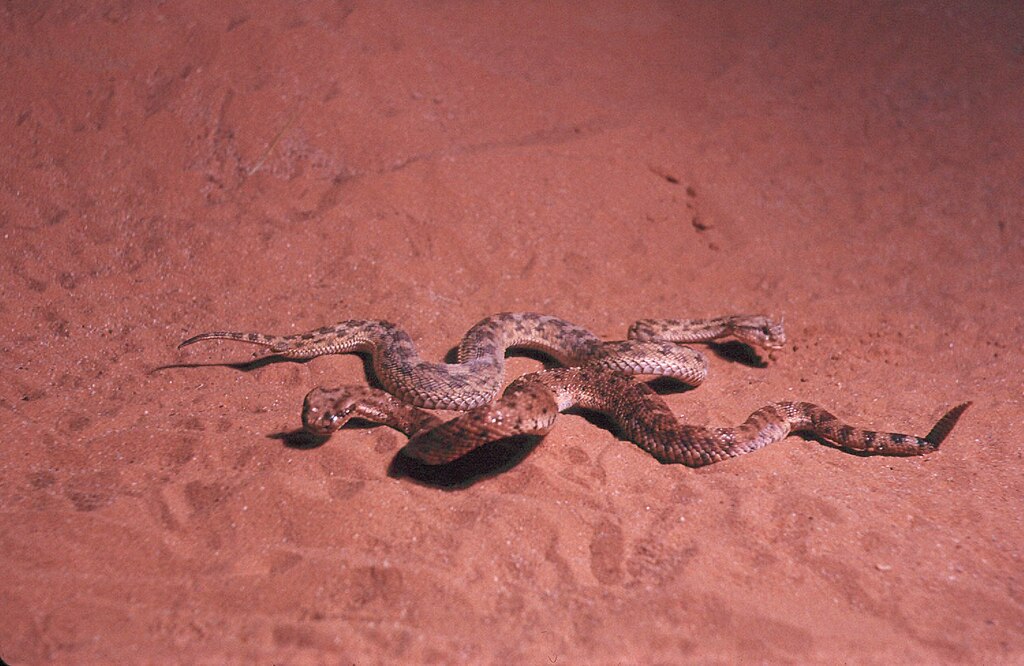
Southeast Asia’s forests harbor several remarkable bark-mimicking snakes, with the Wagler’s pit viper (Tropidolaemus wagleri) being particularly noteworthy. This arboreal viper displays variable coloration that often includes patches of black, green, and brown arranged in a pattern that perfectly matches the mossy, lichen-covered bark of trees in humid tropical forests. Female Wagler’s vipers, which are substantially larger than males, show even more elaborate bark-like patterns that help conceal their bulkier bodies. When coiled motionless around a branch, these snakes are so well disguised that they may remain undetected even when people pass within inches of them, demonstrating the remarkable effectiveness of their evolutionary camouflage strategy.
The Bushmaster’s Forest Floor Disguise
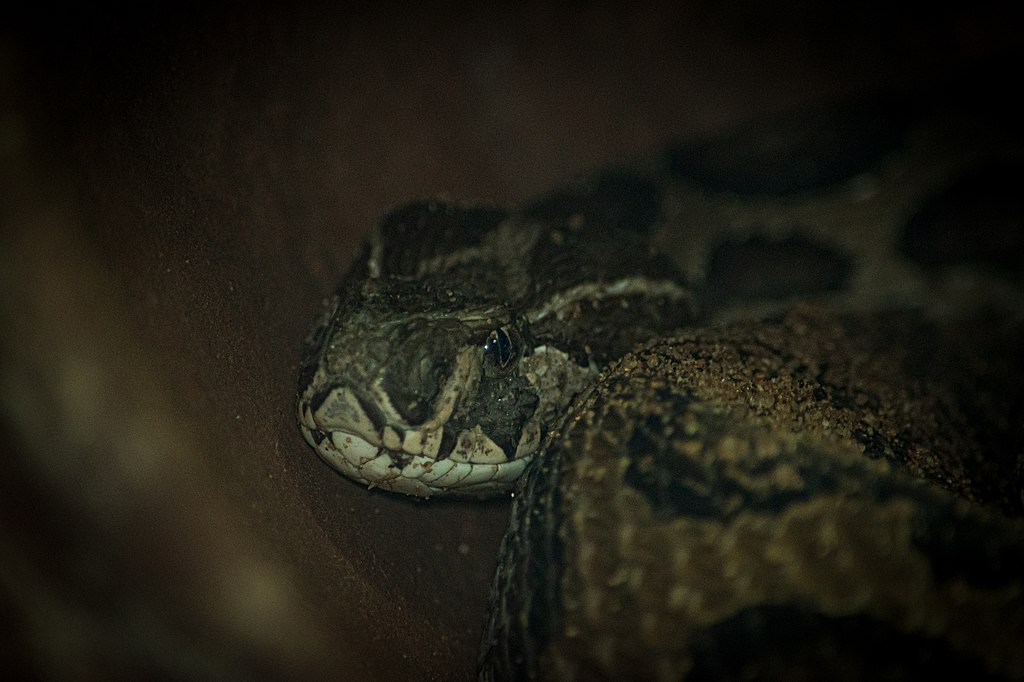
The bushmaster (Lachesis muta), the largest pit viper in the Americas, exemplifies how bark mimicry works on a larger scale. Despite growing to lengths of up to 12 feet, these formidable predators manage to remain hidden on the forest floors of Central and South American rainforests. Their bodies display a complex pattern of dark diamond-shaped blotches against a lighter background, creating a disruptive effect that mimics the patchwork of light and shadow found on fallen logs and forest debris. The bushmaster’s rough, keeled scales add a textural dimension to its camouflage, creating small shadows that enhance the bark-like appearance of its skin. Even with their substantial size, bushmasters can remain virtually invisible while waiting in ambush position, revealing themselves only when they strike at passing prey.
The Science Behind the Perfect Disguise

The effectiveness of bark mimicry in snakes depends on several sophisticated visual principles working in concert. The most important of these is disruptive coloration, where high-contrast patterns break up the outline of the snake’s body, making its shape harder to recognize. Equally important is background matching, where the colors and patterns of the snake’s scales closely resemble the textures and hues of their chosen environment. Many bark-mimicking species also employ countershading, with darker coloration on their dorsal (upper) surface and lighter coloration below, which helps cancel out the shadows that would otherwise make their bodies stand out from the background. These principles combine to create a visual illusion so effective that even in broad daylight, a motionless bark-mimicking snake can disappear completely to all but the most observant eyes.
Behavioral Adaptations That Enhance Camouflage
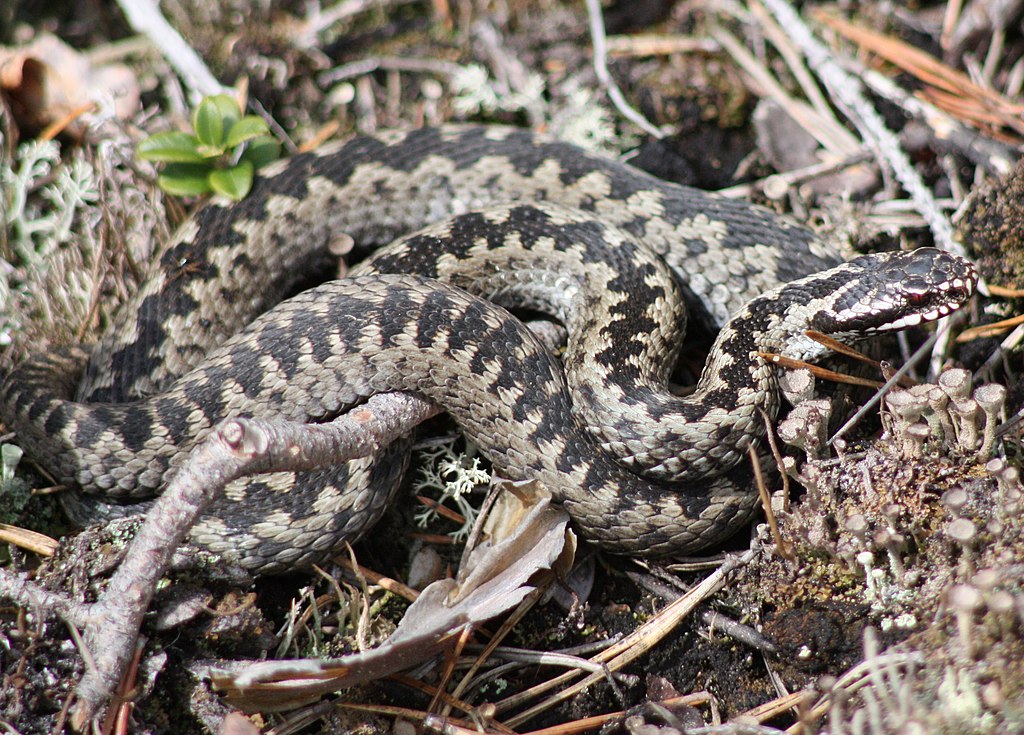
The remarkable physical camouflage of bark-mimicking snakes is complemented by specialized behaviors that enhance their disguise. Most of these species are masters of stillness, capable of remaining completely motionless for hours or even days while waiting for prey. Many position their bodies deliberately to maximize their camouflage effectiveness, often coiling in ways that eliminate revealing shadows or arranging themselves along the natural lines and contours of branches. Some species, like certain pit vipers, will even sway gently when detected, mimicking a branch moving in the breeze rather than immediately fleeing. This behavioral stillness is crucial to their survival strategy – even the most perfect visual camouflage would be useless if the snake moved frequently enough to catch the eye of predators or alert potential prey.
The Eyelash Viper’s Specialized Disguise
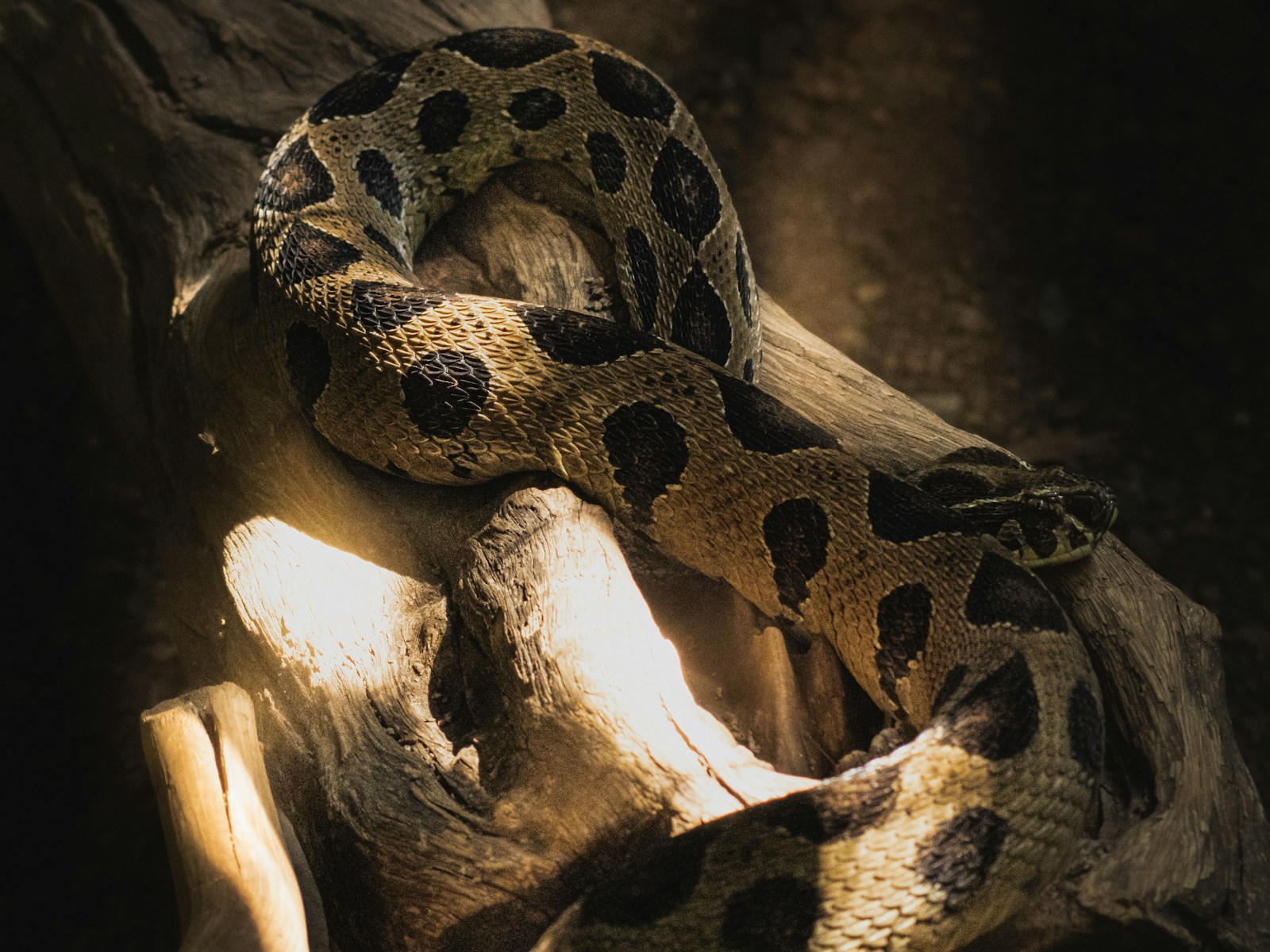
The eyelash viper (Bothriechis schlegelii) of Central and South America has developed a specialized form of bark mimicry adapted to its arboreal lifestyle. Named for the modified scales above its eyes that resemble eyelashes, this small but potent venomous snake comes in several color variations, with many individuals displaying brown, gray, or tan patterns that blend perfectly with tree bark. The eyelash-like scales serve a dual purpose – they break up the outline of the snake’s head and may also help shield its eyes from rain in the tropical forest canopy. When hunting, these vipers position themselves along branches in a zigzag pattern that disrupts their body outline and perfectly mimics the irregular surface of bark, making them nearly impossible to spot until they strike at passing prey.
Geographic Variations in Bark Camouflage
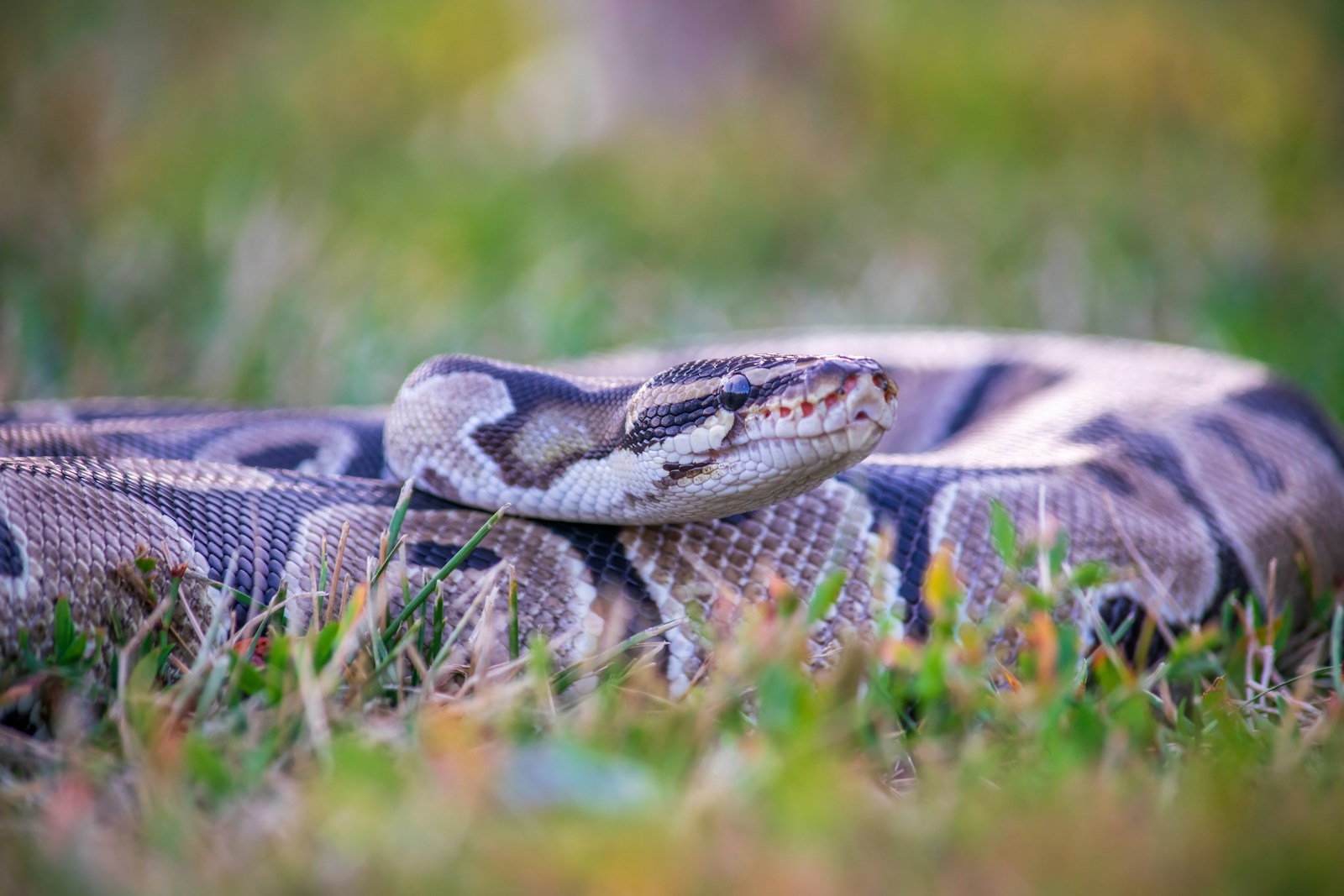
Bark-mimicking camouflage in snakes shows fascinating geographic variations, with each species evolving patterns optimized for the specific forest environments they inhabit. In the dense, humid rainforests of the Amazon basin, snakes like the emerald tree boa often display darker, more intricate patterns that match the heavily shadowed, lichen-covered bark of tropical trees. In contrast, species from more seasonal forests, like the North American copperhead, show patterns optimized for the forest floor with its seasonal leaf litter and exposed roots. African forest vipers have evolved patterns that work effectively in the dappled light conditions of semi-open woodlands, while Asian pit vipers from high-altitude forests often incorporate grayer tones to match the more weathered appearance of temperate forest bark. These variations demonstrate how natural selection has fine-tuned camouflage strategies to match the specific visual landscapes of different forest ecosystems around the world.
Conservation Challenges for Bark-Mimicking Species
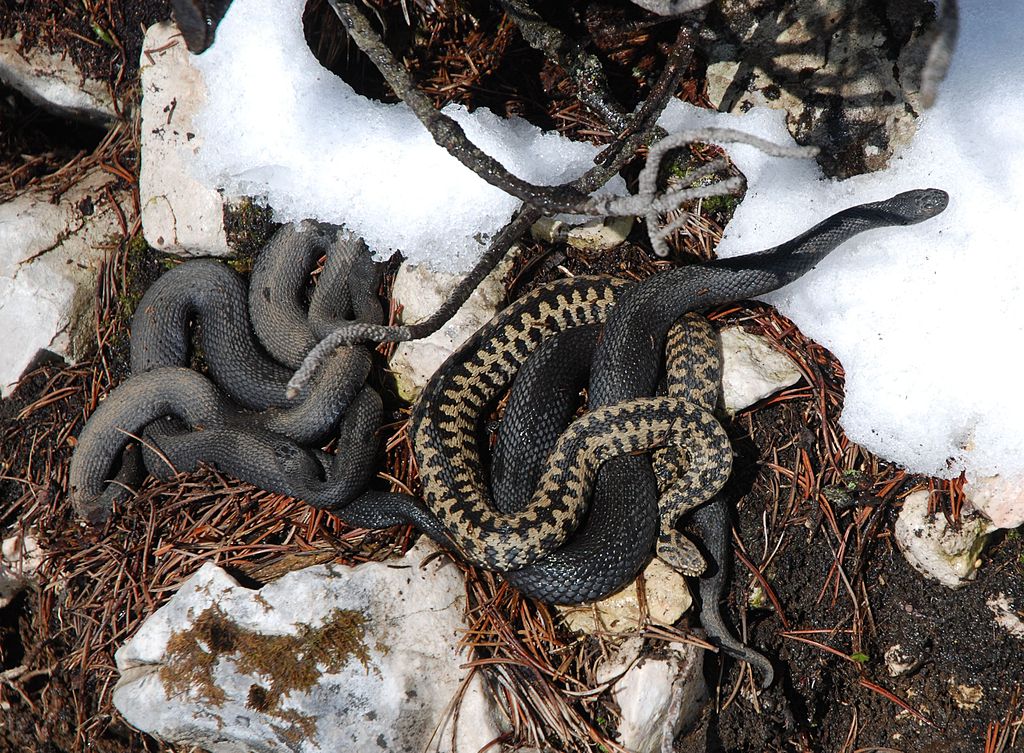
Despite their remarkable adaptations, many bark-mimicking snake species face significant conservation challenges in the modern world. Habitat loss presents the most serious threat, as specialized forest-dwelling species often cannot adapt to deforested or fragmented landscapes. Climate change poses another challenge, as it may disrupt the delicate balance between a snake’s camouflage and its environment if forest compositions shift faster than evolution can adjust their appearance. Additionally, their exceptional camouflage, ironically, sometimes works against these snakes when it comes to human encounters – they may be accidentally stepped on or killed out of fear when finally noticed. Conservation efforts for these species focus on habitat preservation, public education about their ecological importance, and in some cases, targeted protection for particularly vulnerable populations whose specialized camouflage represents millions of years of evolutionary refinement that could be lost forever.
Nature’s ability to produce organisms that so perfectly mimic their surroundings represents one of the most compelling examples of evolutionary adaptation. Bark-mimicking snakes, with their intricate patterns, specialized behaviors, and remarkable ability to disappear in plain sight, showcase the extraordinary power of natural selection to shape life forms that are perfectly suited to their environments. These serpents remind us that in the natural world, survival often depends not on strength or speed, but on the ability to become invisible – to hide in plain sight among the shadows and textures of the forest. As we continue to study and protect these remarkable creatures, they offer us valuable insights into the complex and beautiful processes that have shaped life on our planet.





